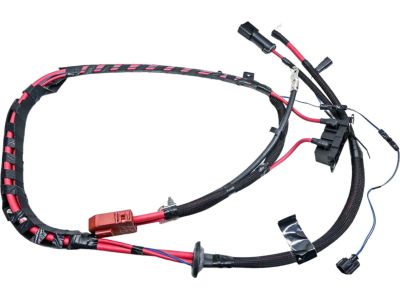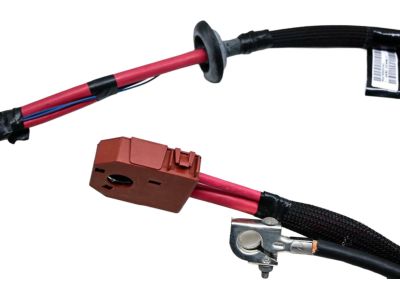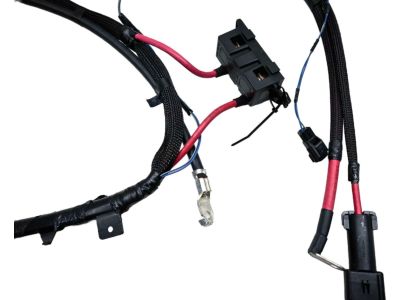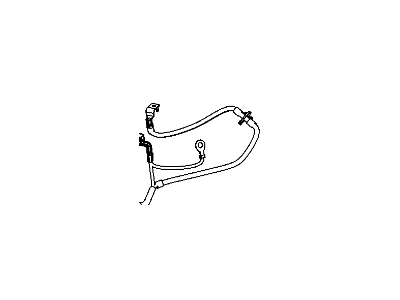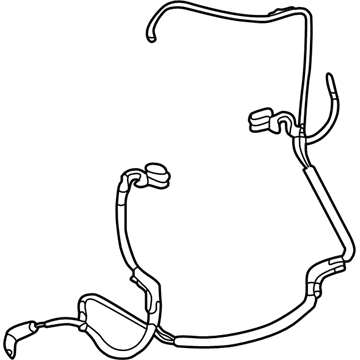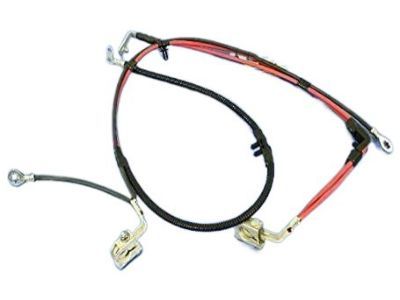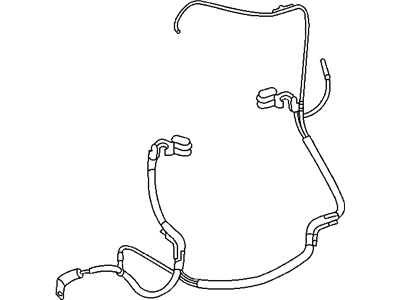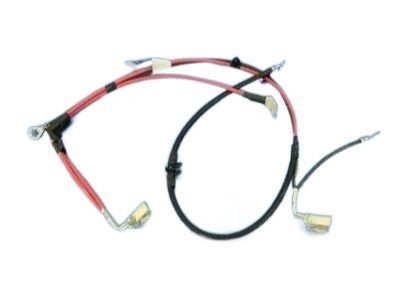
My Garage
My Account
Cart
Genuine Chrysler PT Cruiser Battery Cable
Car Battery Cable- Select Vehicle by Model
- Select Vehicle by VIN
Select Vehicle by Model
orMake
Model
Year
Select Vehicle by VIN
For the most accurate results, select vehicle by your VIN (Vehicle Identification Number).
9 Battery Cables found

Chrysler PT Cruiser Battery Wiring
Part Number: 4795683AC$143.69 MSRP: $166.00You Save: $22.31 (14%)Chrysler PT Cruiser Battery Jumper Wiring
Part Number: 4795685AA$39.96 MSRP: $208.00You Save: $168.04 (81%)


Chrysler PT Cruiser Battery Cable
Battery Cables in Chrysler PT Cruiser cars help in the circulation of electrical currents from the battery to all necessary circuitries to make the starter work and for starting of the vehicle's engine. Through use, it is common to find Battery Cables deformed through oxidation, warping or even physical deformities which cause ending up dims starting. It is not forthright apparent if varied styles of Battery Cables were installed in differed models of Chrysler PT Cruiser, yet the major difference could be in the workmanship that was used to construct the cables with intermittently used high quality materials and other times low quality and old materials. High Quality replacement Battery Cables are available to enhance the performance connection that is vital in the vehicle. The Battery Cables should also be inspected often to avoid disruptive roadside breakdowns as it enhances the performance of Chrysler PT Cruiser.
Looking for affordable and high-quality auto parts? Then you have already arrived at the proper online shop. We offer all Chrysler PT Cruiser Battery Cable at great affordable prices. Moreover, all genuine Chrysler PT Cruiser Battery Cable come with a manufacturer's warranty. In the long run, you would realize you have saved a lot of trouble and money with OEM parts from here.
Chrysler PT Cruiser Battery Cable Parts Questions & Experts Answers
- Q: How should you periodically inspect and replace battery cables to ensure proper engine performance on Chrysler PT Cruiser?A:Periodically inspect the entire length of each battery cable for damage, cracked or burned insulation, and corrosion, as poor connections can lead to starting issues and reduced engine performance. Check the cable-to-terminal connections for cracks, loose wire strands, and corrosion; white, fluffy deposits under the insulation indicate corrosion and necessitate replacement. Always disconnect the negative cable from the negative battery post first and connect it last to avoid accidental shorting. There are two negative battery cables: the smaller one is grounded to the left side of the engine compartment near the battery, while the other is grounded to the transaxle, so note their routing before removal. To replace the positive battery cable, first remove the battery and battery tray, then the Power Distribution Center cover, and disconnect the positive cable from the PDC by removing the two 10 mm nuts. Raise the vehicle securely on jackstands, then disconnect the positive battery cable from the starter solenoid. When purchasing a new battery cable, bring the old one to ensure an identical replacement, as positive cables are typically red and larger, while ground cables are black and smaller. Clean the threads of the starter solenoid terminal or ground connection with a wire brush, apply a corrosion inhibitor or petroleum jelly to prevent future corrosion, and ensure the new cable reaches the battery post without stretching before installation, which follows the reverse order of removal.

